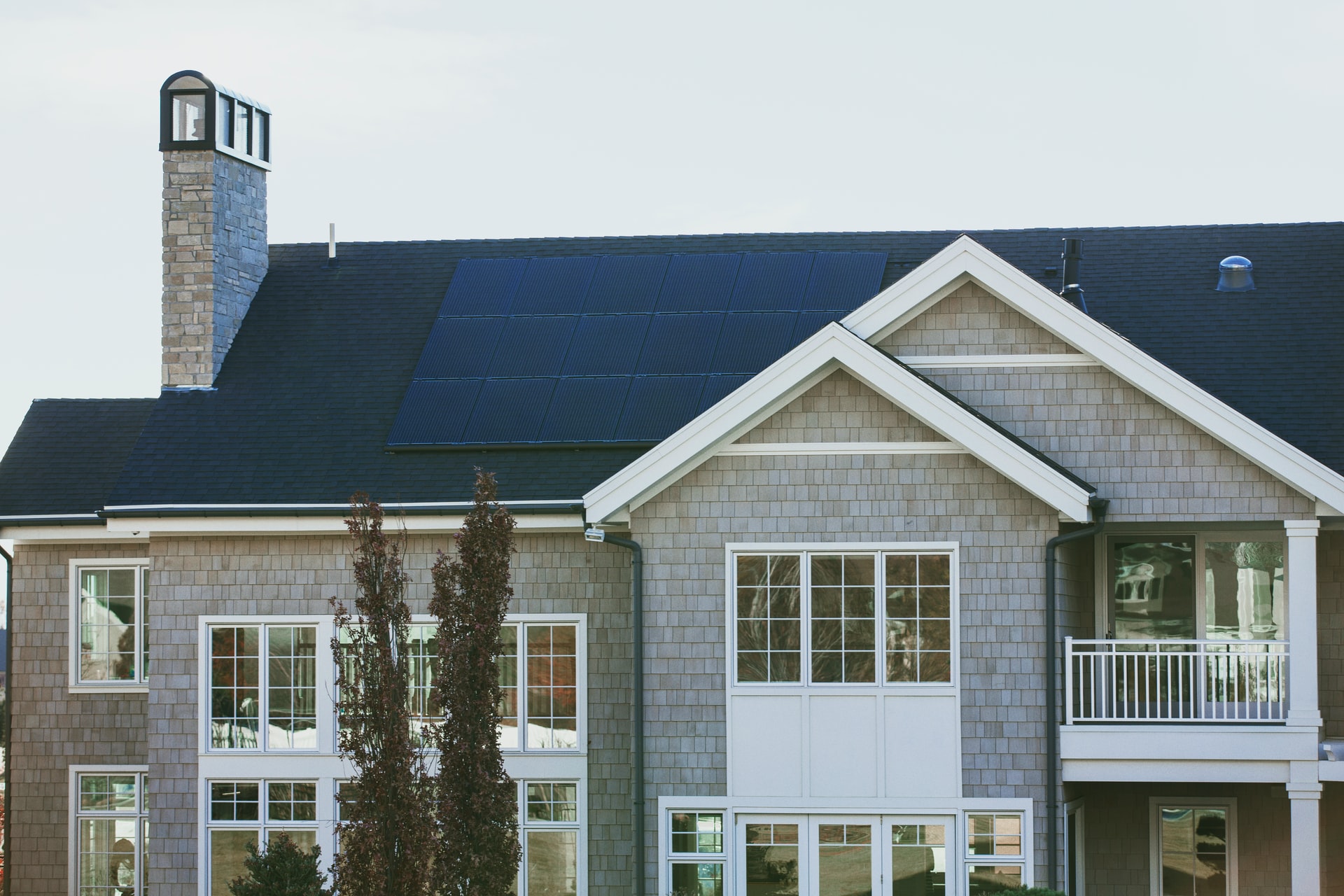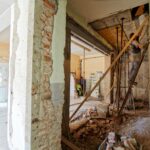A PACE loan is a form of home renovation financing that originated in California. Loans for residential properties are currently offered in three states – California, Florida and Missouri. However, the program has a far greater reach for commercial properties, with availability in the District of Columbia and more than 36 states.
What is a Property Assessed Clean Energy (PACE) Loan?
The U.S. Department of Energy regulates the PACE loan program. Loans are funded through municipal bonds. The proceeds can be used to cover the cost of renewable energy improvements or energy-efficient upgrades on residential and commercial properties.
Upgrades that can be covered under PACE Loans include:
- Air conditioning units
- Doors and windows
- Duct upgrades
- Energy-efficient appliances
- Furnaces
- Heat pumps
- Insulation
- LED lighting
- Solar panels
How Does a PACE Loan Work?
When you take out a PACE Loan, it attaches to the property. Therefore, payment is not remitted in monthly installments but through annual property assessments when you pay your property taxes.
If you decide to sell the home, you’re not required to pay the balance off since it follows the property. However, it could be challenging to find a buyer since many mortgage lenders won’t finance a property with a PACE loan attached to it.
Below is a step-by-step breakdown of how the PACE Loan process works:
- Step 1: Apply for a PACE loan.
- Step 2: Identify a contractor that’s willing to work with you. Payment is only remitted once the work is complete, making it challenging to find a contractor since most are used to being paid in installments as project milestones are complete.
- Step 3: Remit payment through property assessments until the loan is paid off or you sell your home.
PACE Loans Typical Terms and Rates
Most PACE Loans are payable over a 10 to 20-year period, and you’re permitted to borrow up to 15 percent of your home’s value. However, your loan-to-value ratio cannot be greater than 97 percent.
You’ll pay between 4 and 9 percent in interest, along with closing costs of around 6 percent of the total loan amount. However, prepayment penalties aren’t common with PACE Loans unless they were originated before 2017.
How to Qualify for a PACE Loan
Several factors play a role in determining if you qualify for a PACE loan, including:
- The payment history on your current home loan
- The amount of equity you have in your home
- Your earnings and if they’re sufficient to cover the property assessment used to repay the PACE Loan
Advantages and Disadvantages of PACE Loans
Key Benefits
- No down payment requirement
- Perfect credit is not needed to secure a loan
- No monthly loan payments
- Potential savings on energy costs
- Tax-deductible interest payments (in some cases)
Key Drawbacks
- Steep loan set-up fees
- Higher interest rates
- A loan payoff could be required to refinance your home
- Potential challenges when selling the property







